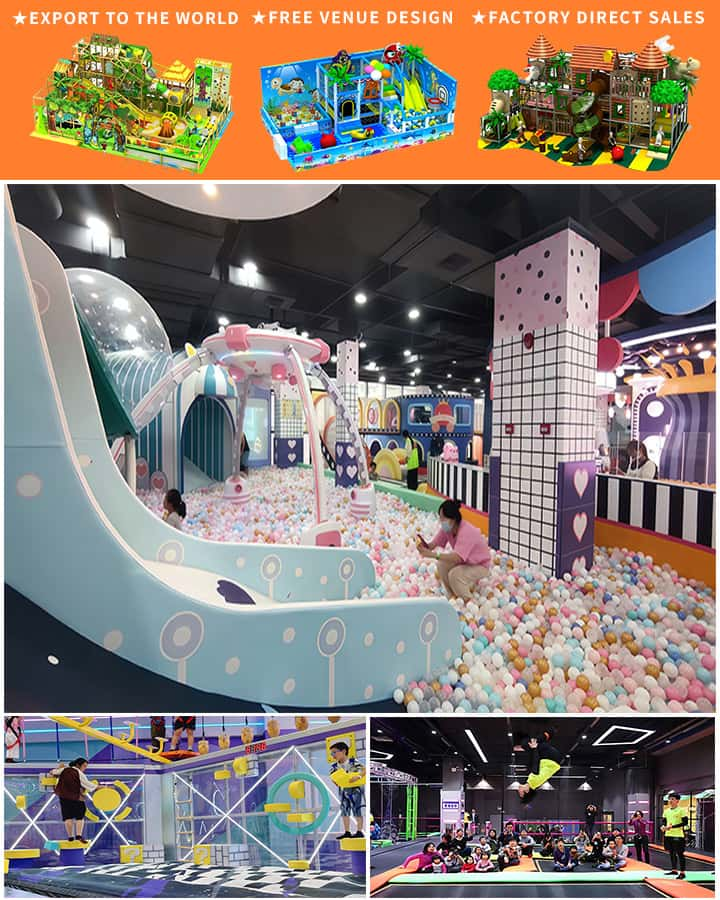Playgrounds have always been a crucial part of childhood, offering a space for children to explore, play, and develop essential physical and social skills. Over the years, playground equipment has evolved significantly, transitioning from rudimentary wooden structures to sophisticated, inclusive, and innovative play systems that cater to diverse needs and abilities. This article delves into the history and evolution of playground equipment, exploring how these changes have impacted children’s play experiences.
Early Beginnings: Simple and Functional
In the early 20th century, playground equipment was basic and primarily functional. The first playgrounds were often simple sandboxes, seesaws, and swings made of wood. These early structures were designed more for adult recreation than for children, lacking the safety features we consider standard today. However, they laid the groundwork for future developments by providing a dedicated space for leisure and play.
Mid-20th Century: The Rise of Metal and Plastic

The post-World War II era saw significant advancements in playground equipment, largely due to technological progress and an increased focus on child safety. Metal and plastic began to replace wood as the primary materials, offering durability and easier maintenance. Innovations like climbing frames, slides, and merry-go-rounds became commonplace, enriching the playground experience with variety and excitement.
During this period, the importance of safety in playground design grew exponentially. The introduction of rubber matting and softer landing surfaces aimed to reduce injuries from falls, marking a shift towards making playgrounds safer and more accessible for young children.
Late 20th and Early 21st Centuries: Inclusive and Interactive Play
As awareness of children’s rights and the need for inclusivity expanded, the late 20th and early 21st centuries brought about a new era for playground equipment. Designers began incorporating principles of universal design, ensuring that playgrounds are accessible to all children, regardless of their physical abilities. Wheelchair-accessible swings, sensory play areas, and adaptive climbing structures became integral components of modern playgrounds.
Interactive and technologically enhanced play equipment also emerged during this time. Digital elements such as interactive games, touch screens, and even augmented reality installations started to blend traditional playground fun with modern technology, engaging children in new and educational ways.
Current Trends: Sustainability and Community Integration
Today, playground equipment continues to evolve, reflecting broader societal trends towards sustainability and community engagement. Eco-friendly materials like recycled plastics and sustainably sourced wood are becoming standard, reducing the environmental footprint of playground construction. Moreover, there is an increasing emphasis on integrating playgrounds within community spaces, fostering a sense of belonging and encouraging intergenerational interaction.
Community involvement in the design process ensures that playgrounds meet the unique needs and preferences of local populations. By involving residents, especially parents and children, communities can create vibrant, relevant, and well-loved play spaces that serve as vital hubs of activity and connection.
Conclusion
From simple wooden swings to advanced, inclusive play structures, the evolution of playground equipment reflects broader changes in society, technology, and our understanding of child development. Today’s playgrounds are not just places for children to expend energy; they are dynamic spaces designed to promote physical health, social interaction, creativity, and learning. As we look to the future, the continued innovation in playground equipment promises even more exciting possibilities for the next generation of children.




